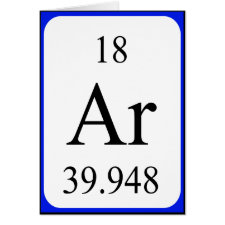
Authors: Bakhshpour M, Özgür E, Bereli N, Denizli A
Article Title: Microcontact imprinted quartz crystal microbalance nanosensor for protein C recognition.
Publication date: 2017
Journal: Colloids and Surfaces B: Biointerfaces
Volume: 151
Page numbers: 264-270.
DOI: 10.1016/j.colsurfb.2016.12.022
Alternative URL: http://www.sciencedirect.com/science/article/pii/S0927776516308591
Abstract: Detection of protein C (PC) in human serum was performed by quartz crystal microbalance (QCM) based on molecular imprinting technique (MIP). The high-resolution and mass-sensitive QCM based sensor was integrated with high sensitivity and selectivity of the MIP technique. The PC microcontact imprinted (PC-μCIP) nanofilm was prepared on the glass surface. Then, the PC-μCIP/QCM sensor was prepared with 2-hydroxyethyl methacrylate (HEMA), ethylene glycol dimethacrylate (EGDMA) and N-methacryloyl l-histidine methylester (MAH) as the functional monomer with copper(II) ions. The polymerization was performed under UV light (100 W and 365 nm) for 20-25 min under nitrogen atmosphere. The characterization studies of QCM sensor were done by observation using atomic force microscopy (AFM), contact angle measurements, ellipsometry and fourier transform infrared spectroscopy (FTIR). Detection of PC was investigated in a concentration range of 0.1-30 μg/mL. Selectivity of PC-μCIP and PC non-imprinted/QCM (PC-non-μCIP) sensors for PC determination was investigated by using proteins namely hemoglobin (Hb), human serum albumin (HSA) and fibrinogen solutions. QCM sensor was also used for detection of PC molecules in aqueous solutions and human plasma. The detection limit was determined as 0.01 μg/mL for PC analysis. The PC-μCIP/QCM sensor was used for five consecutive adsorption-desorption cycles. According to the results, the PC-μCIP/QCM sensor had obtained high selectivity and sensitivity for detection of PC molecules
Template and target information: protein, protein C, PC
Author keywords: Protein C, Microcontact imprinting, quartz crystal microbalance, Protein detection



Join the Society for Molecular Imprinting

New items RSS feed
Sign-up for e-mail updates:
Choose between receiving an occasional newsletter or more frequent e-mail alerts.
Click here to go to the sign-up page.
Is your name elemental or peptidic? Enter your name and find out by clicking either of the buttons below!
Other products you may like:
 MIPdatabase
MIPdatabase









